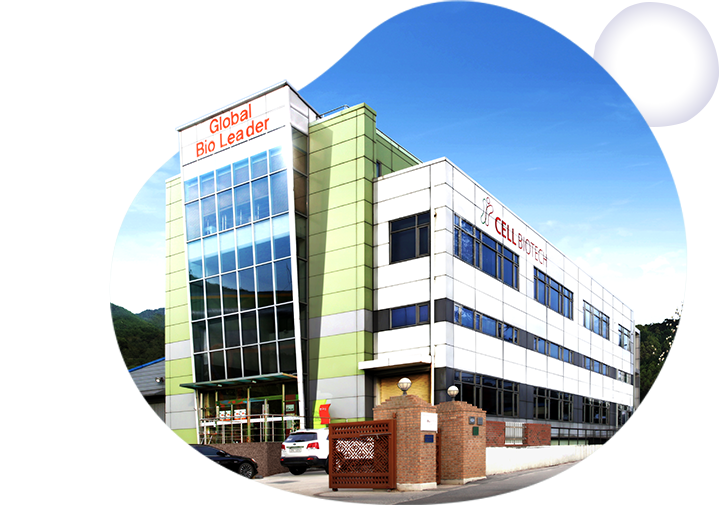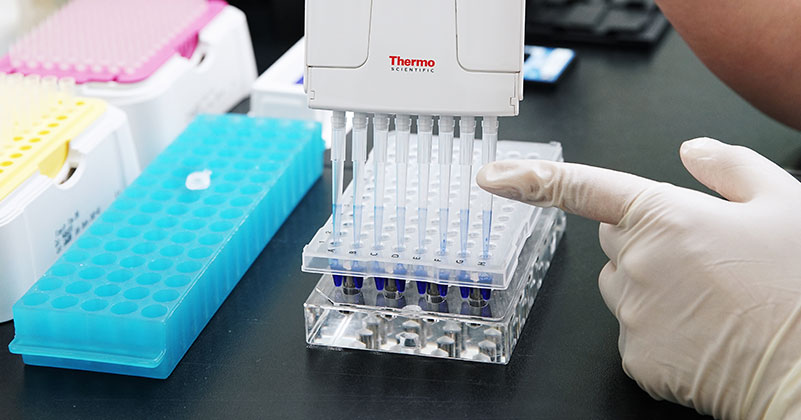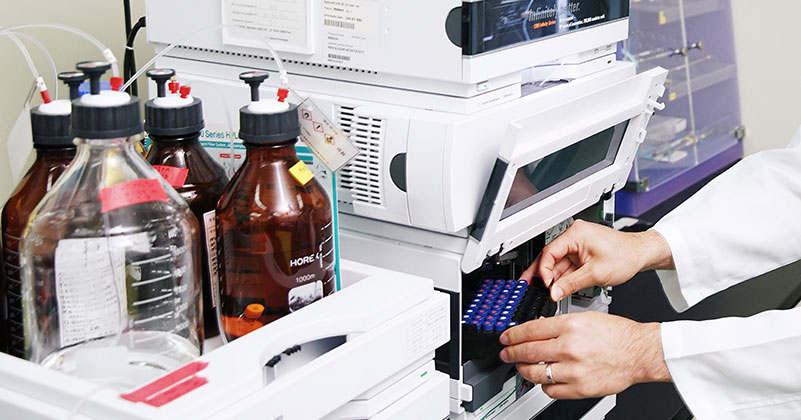R&D CenterCell Biotech
Cellular Engineering Laboratory
A team of 51 microbiological specialists (including 24 specialists with master’s degrees, 7 with doctorate degrees) and a professional probiotics research facility support our professional laboratory work. They mainly study the medical probiotics, bacteriocin and the natural antibacterial substance, and are expanding the range of application not only to health functional food but also bio-cosmetics and bio-medicine.


Over 40 Microorganism Research Experts

Strain Management and Lactic Acid Bacteria Function Research

Future-Oriented Infrastructure

NGS Analysis Technolgy and Innovative Sequencing Device
Fields of Research

- Develop, manufacture, and manage strains
- Establish strain library (Cell Bank System operation)
- Optimize research for each strain and improve the development process
- Establish the optimal culture conditions and analyze foundation functionality
- Manage reliability, acid resistance, and bile salt resistance

- Evaluation of the efficacy of anti-cancer treatment candidate materials
- Establishment of a database for each effective strain
- Clinical trials of the company’s strains and products
- Clinical trials of efficacy for each disease

- Predict the reliability and functionality for each strain using NGS (Next Generation Sequencing), the leading-edge genome sequencing technology
- Analyze the efficacy of lactic acid bacteria through analysis of the change in microbiome (e.g. excrement inspection)
- Research on LACTO PAD™ bacteriocin for skin microbiome (anti-bacterial activity against P acne)

- Foundation research on microorganisms
- Establishment of an activated protein expression system
- Development of a lactic acid bacteria secretion system
- Development of lactic acid bacterial strains through recombination technology

- Separate purification of treatment materials and production of recombined proteins
- Segmentation for efficacy of treatment candidate materials
- Conduct research, obtain patents, and publish results regarding the efficacy assessment and mechanism of treatment candidate materials
- Visualize using HCS equipment
Outstanding Academic Achievements









